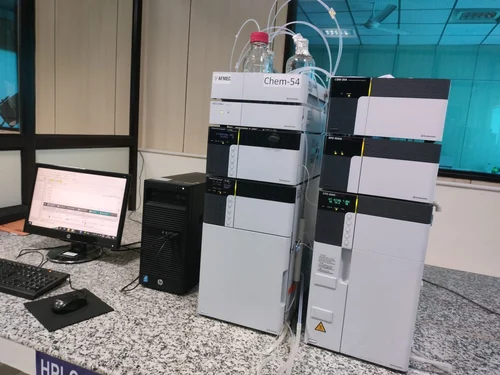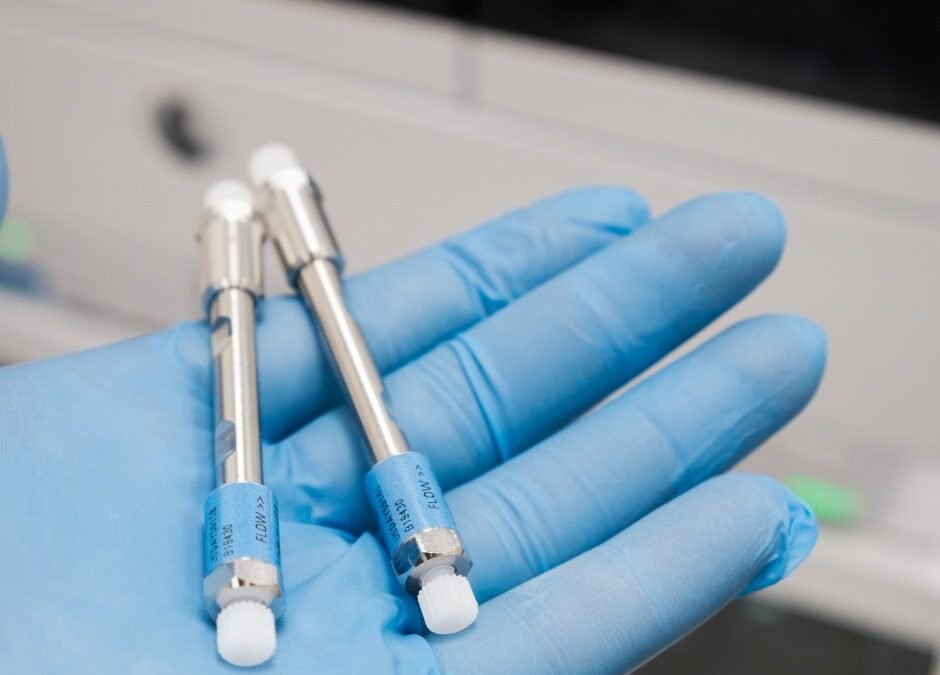
by Dr. Yashashwini Reddy | Aug 9, 2025
10 Tips for HPLC Analysis in Pharmaceuticals Choose the Right Column Select the correct stationary phase (C18, C8, phenyl, etc.) based on analyte polarity. Consider particle size, column length, and pore size for optimal separation. Prepare Mobile Phase Properly Use...

by Dr. Yashashwini Reddy | Aug 8, 2025
1. What is Relative Response Factor (RRF)? Definition: The Relative Response Factor is the ratio of the detector response of an analyte to that of a reference standard (usually the active ingredient or an internal standard), under identical chromatographic conditions....

by Dr. Yashashwini Reddy | Aug 8, 2025
Resolving API Impurity Issues in Drug Development 1. Understanding the Issue In drug development, impurities in the Active Pharmaceutical Ingredient (API) can arise from: Starting materials or intermediates (process-related impurities) By-products from synthesis steps...

by Dr. Yashashwini Reddy | Apr 28, 2025
The Role of Relative Response Factor (RRF) in HPLC and Its Determination- High-Performance Liquid Chromatography (HPLC) is an essential analytical technique used in various fields like pharmaceuticals, environmental analysis, food testing, and biotechnology. It helps...

by Dr. Yashashwini Reddy | Apr 16, 2025
1. What are the different types of HPLC columns? Reversed-phase columns: These are the most commonly used, where the stationary phase is nonpolar (e.g., C18). Polar compounds are retained longer. Normal-phase columns: The stationary phase is polar, while the mobile...







